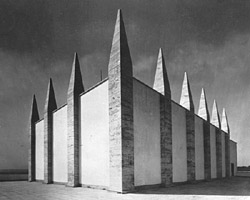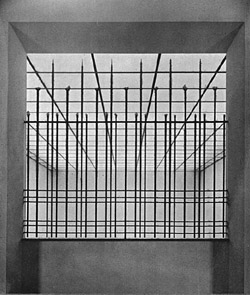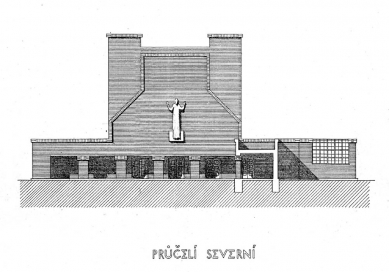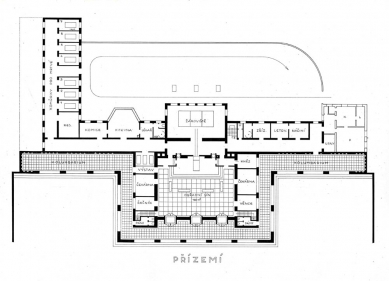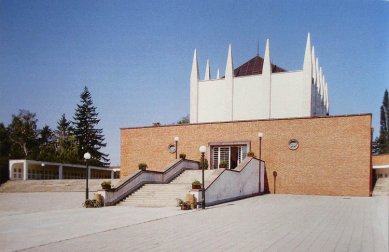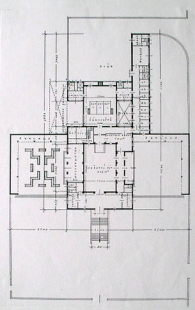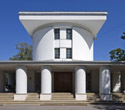 |
History and Development of the Architectural Type
Pardubice - an Attempt at the First Czech Crematorium
Crematoria in Ostrava, Nymburk, Most, and Plzeň
Brno - an Attempt at a New Building Type
Disputes over the Prague Crematorium
Arnošt Wiesner – On the Construction of the Crematorium (1928)




